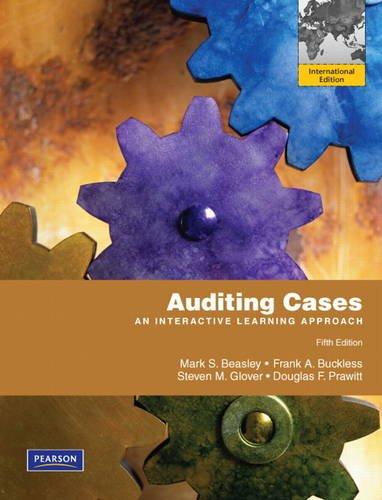Question
Question 1. 1. (TCO 1) When a person faces a trade-off and must give up something by making a choice, this is referred to as
taking out a loan. opportunity cost. the evaluation of alternatives. a decision-making process. a dilemma. | |
sharing saving borrowing lending protecting | |
the stock market. the government. employment. supply and demand. interest rates. | |
constant interest rates a short time to maturity lower consumer prices rising consumer prices a good credit rating | |
$2,000 $2,400 $10,000 $400 $10,800 | |
lower consumer prices. reduced employment levels. lower interest rates. higher employment levels. increased consumer spending. | |
develop financial goals. implement the financial plan. evaluate and revise your actions. analyze your current personal and financial situation. create a financial plan of action. | |
Simple interest Present value of a single amount Future value of a series of deposits Future value of a single amount Present value of a series of deposits | |
a realistic perspective. specific terms. the type of action to be taken. a purpose. a time frame. | |
intermediate long-term short-term intangible durable | |
Future value of a single amount Simple interest Present value of a single amount Future value of a series of deposits Present value of a series of deposits | |
taxed at some point in the future. not subject to state income tax. exempt from federal income tax. taxed at a special rate. | |
net worth. plan for spending. value of investments. balance of savings. current income and payments. | |
|
Step by Step Solution
There are 3 Steps involved in it
Step: 1

Get Instant Access to Expert-Tailored Solutions
See step-by-step solutions with expert insights and AI powered tools for academic success
Step: 2

Step: 3

Ace Your Homework with AI
Get the answers you need in no time with our AI-driven, step-by-step assistance
Get Started


